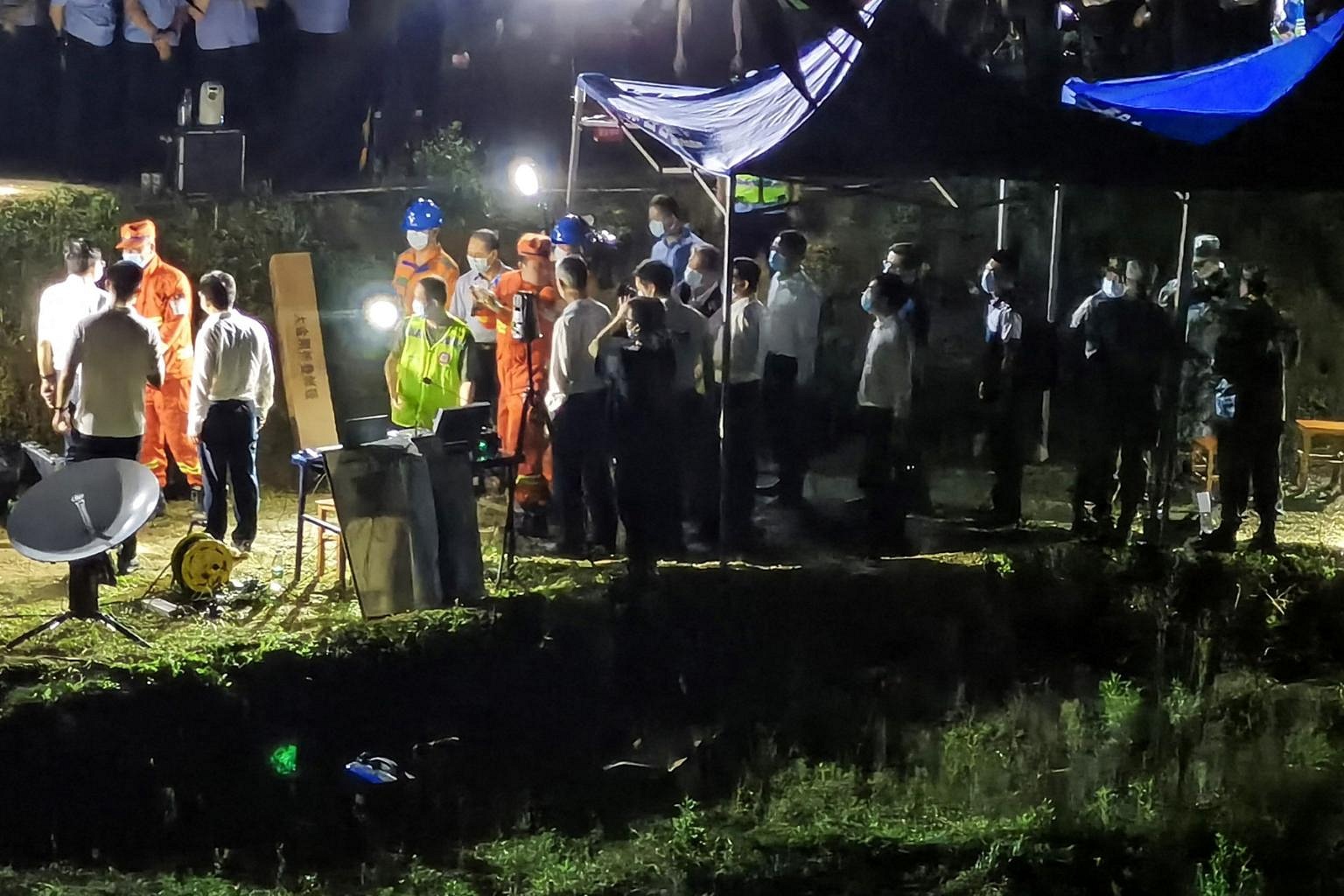source: Reddit
737 pilot here. Very curious to see the details here once the flight data recorder is recovered and analyzed. Airplanes don't typically crash this way. In fact, a vertical dive like the video and flight aware data indicate, is usually not the result of some catastrophic failure. Even a flight control cable snapping, or jammed flight control wouldn't produce a continuous dive like this. As soon as the nose lowers, airspeed starts building, and with an increase in airspeed, the lift being generated across the wings also increases. With the increased lift, the nose comes back up, airspeed starts to bleed off as the airplane slowly stops descending, until enough lift decreases allowing the nose to start to fall again, and the process repeats. Even a control column held fully forward would produce a version of an inverted loop. It might not make it all the way around, but it wouldn't nose down to a vertical position and just stop there. It would go past vertical. One continuous dive from FL300 seems odd to me. That just doesn't happen. My very early gut reaction to this is either pilot error while responding to an Unreliable Airspeed Indication (iced up pitot tube and or static port), or sadly, intentional. I'm hoping there's some other explanation, but for now pilot error to some degree seems most probable.
Already seeing tracking data that points to them not diving the entire time. Looks like towards the end they arrested the decent to some degree before losing it again. If that's the case, intentionality chances are pretty much gone, unless there was some kind of struggle. This still leads me to to thinking unreliable airspeed. I've been through those scenarios in the simulator and they are extremely difficult to recognize, diagnose, and rectify. I don't know what kind of training they have, but we focus on that very situation quite regularly in the sim. The 737 has 3 systems to indicate airspeed, and altitude, 2 primary ones, and one standby. When those systems start disagreeing with each other, bad things happen.
Complicated systems interact to give us airspeed and altitude indications. Primarily a pitot tube for speed, and a static pressure system for altitude. The 737 constantly compares the data being collected and displayed to each pilot and the standby system, if any large disagreements show up we get a flag (IAS or ALT disagree message on both pilots main displays. From there we would then need to determine which display or displays was faulty, and which one we could trust. On top of that, when static issues arise, the faulty sides airspeed indicator would work like an altimeter. A descent would incorrectly show a decreasing airspeed. When we get unreliable airspeed, our procedure has us set a pre-determined pitch angle and power setting. We ignore our altimeter Android airspeed indications entirely, and simply hold a pitch angle and keep the power at a constant setting. When these failures exist, our artificial horizon and flight path angle CAN be trusted. So once we have the airplane stable, we get out our emergency checklist and go though a lengthy procedure to determine which instrument or instruments is faulty. Then we can disregard the bad side, switch everything to the good side and get on the ground. In a descent, with pitot static errors, I imagine seeing airspeed bleeding off would be alarming, and if not properly recognized, could lead you to pitching down even further to preserve that airspeed, the quicker you descend the lower your airspeed would appear to be, making you belive you're in or about to stall. When in fact, the opposite is occurring.




